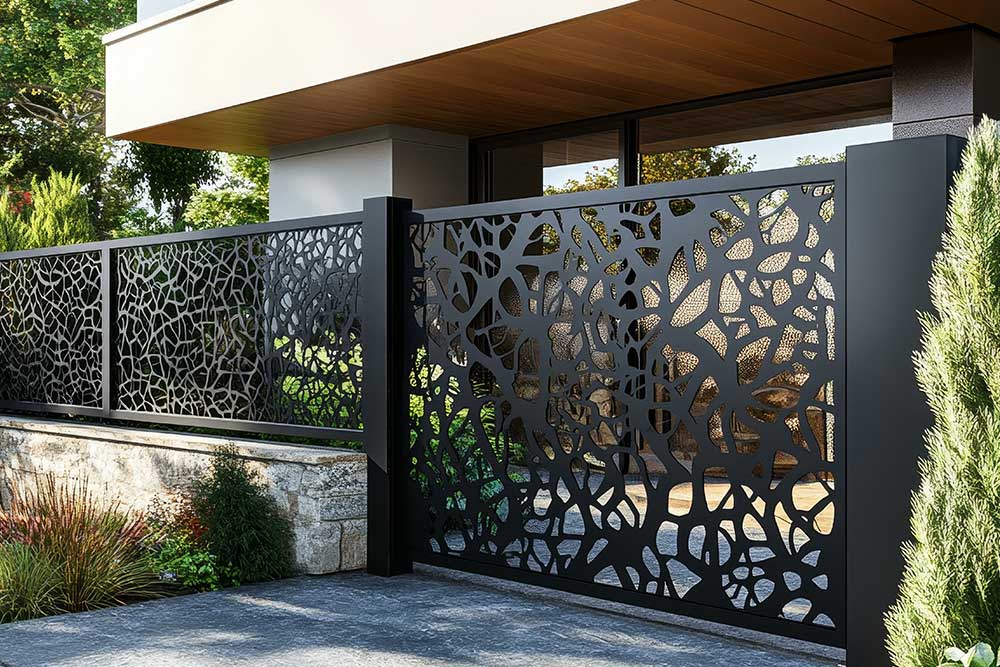Maximize Your Small Space with Interior Design Tips
Maximize Your Small Space with Interior Design Tips living in a small space presents unique challenges when it comes to creating a comfortable and functional environment. Limited square footage can make it difficult to balance style with practicality, but with the right design approach, you can maximize every inch of your home. Whether you’re working with a tiny apartment, a compact studio, or a modest room in a larger house, smart interior design choices can help you make the most of what you have. Incorporating eco-friendly interior design principles can also play a significant role, offering solutions that are both space-efficient and sustainable. Here’s how to transform your small space into a stylish, comfortable, and environmentally conscious haven.

Understanding the Constraints of Small Spaces
Before diving into design tips, it’s crucial to understand the unique constraints that come with a small space. Limited floor area, restricted natural light, and a lack of storage can all make it harder to create a cohesive, functional living area. However, these limitations also present an opportunity for creativity and innovation. By embracing clever design techniques and eco-friendly materials, you can turn these challenges into advantages.
Small spaces often require multifunctional furniture, minimalistic design choices, and a focus on maximizing vertical space. Additionally, small rooms benefit from bright, airy aesthetics that can help the space feel larger and more open. Incorporating eco-friendly interior design into these strategies not only promotes sustainability but also elevates the functionality of the space.
Design Principles for Small Spaces
1. Embrace Multifunctional Furniture
One of the most effective ways to maximize a small space is by investing in multifunctional furniture. Pieces that serve multiple purposes can help reduce clutter and provide more usable space. For example, an ottoman that doubles as extra seating or a coffee table that opens into a work desk can be incredibly beneficial.
Sofa beds, wall-mounted desks, and extendable dining tables are other excellent options for compact living spaces. When selecting multifunctional furniture, look for pieces that are both space-saving and stylish. Opt for designs that incorporate clean lines and subtle finishes to avoid overwhelming the room.
Incorporating eco-friendly interior design into this approach is also essential. Choose furniture made from sustainable materials like reclaimed wood, bamboo, or recycled metals. Not only will these materials contribute to a minimalist, natural aesthetic, but they also reduce the environmental impact of your purchases.
2. Optimize Vertical Space
In small spaces, the key to maximizing floor area lies in utilizing vertical space. Wall-mounted shelves, floating storage units, and hanging planters are all excellent ways to make the most of your space without sacrificing style. Tall bookshelves and cabinets can also help keep things organized while drawing the eye upward, creating the illusion of height.
Incorporating eco-friendly interior design into this approach means choosing vertical storage solutions that are both practical and environmentally conscious. For instance, shelving units made from reclaimed wood or bamboo not only add character to your space but also reduce the demand for new raw materials. Greenery also plays a significant role in this approach—wall-mounted planters or shelves for houseplants can bring the outdoors in while promoting sustainability.
3. Use Light Colors to Create a Sense of Openness
Light colors can make a small space feel more expansive by reflecting light and creating an open, airy atmosphere. Neutral tones like whites, soft grays, and beiges are perfect for walls, ceilings, and furniture. These colors not only open up the room but also provide a versatile backdrop for accent pieces, artwork, and textiles.
For added warmth and dimension, consider incorporating soft pastel hues or light earth tones. These colors create a serene and inviting atmosphere without overwhelming the space. Additionally, eco-friendly interior design embraces natural, non-toxic paints and finishes that are free from harmful chemicals, promoting both sustainability and healthier indoor air quality.
When choosing light colors, opt for paints that are certified as low-VOC (volatile organic compounds) or VOC-free, as these options are less harmful to both the environment and your health. Many eco-conscious paint brands offer a range of beautiful, high-quality colors that are safe to use in small spaces.
4. Maximize Natural Light
Natural light is a key element in making a small space feel larger and more open. Whenever possible, maximize the amount of natural light that enters the room by using sheer curtains or blinds that allow light to filter through. Avoid heavy drapery or dark window treatments that can block light and make the room feel smaller.
Mirrors can also play a significant role in amplifying natural light. Strategically placing mirrors across from windows or light sources can reflect sunlight throughout the room, making the space feel brighter and more expansive.
For an eco-friendly interior design touch, consider using energy-efficient windows that maximize light and minimize heat loss. The use of low-e glass can reduce energy consumption and make your space more comfortable throughout the year. Additionally, investing in solar-powered light fixtures for areas with less natural light is a sustainable solution that complements a small home’s energy-saving needs.
5. Go Minimalist
Minimalism is a core principle of small-space design. A cluttered space can quickly feel cramped and overwhelming, so it’s important to embrace a clean, streamlined aesthetic. Focus on keeping only the essentials and choose furniture and décor that serve both practical and aesthetic purposes. When it comes to decorative items, opt for pieces that add character without overcrowding the room.
Incorporating eco-friendly interior design into a minimalist approach means choosing pieces made from sustainable materials. Instead of purchasing mass-produced items, seek out locally made or upcycled furniture and décor. Not only will this reduce your environmental footprint, but it will also create a unique and personalized space.
6. Create Zones with Rugs and Furniture Arrangement
In small spaces, it’s important to create distinct zones for different activities—living, eating, working, and sleeping. This can be accomplished with the strategic placement of furniture and the use of area rugs to visually divide the space. For example, a well-placed rug can define the living area in a studio apartment or create a cozy reading nook in a bedroom.
Consider open shelving or room dividers that do not block light but still create a sense of separation between areas. A lightweight partition or a bookshelf can serve as a functional room divider without making the space feel too enclosed.
Again, incorporating eco-friendly interior design into these zoning elements is key. Look for rugs made from natural fibers like wool, jute, or cotton, which are biodegradable and sustainable. When selecting room dividers or furniture, choose options made from recycled or upcycled materials to further reduce your environmental impact.
7. Bring the Outdoors In
Introducing plants into your small space is one of the simplest and most effective ways to enhance both the aesthetic and air quality. Houseplants not only add a touch of nature to your home, but they also help purify the air and contribute to a healthier indoor environment. In small spaces, it’s important to choose plants that thrive in indoor environments and can be placed in compact locations, such as hanging planters or wall-mounted shelves.
For those interested in eco-friendly interior design, choose plants that are native to your region or that require minimal care. This reduces the need for excessive water, fertilizers, and pesticides, making your space more sustainable. Succulents, ferns, and snake plants are great choices for small spaces as they require little maintenance and adapt well to indoor conditions.
Tips for Eco-Friendly Small Space Design
- Upcycle and Repurpose: Instead of purchasing new items, consider upcycling furniture or décor from thrift stores, flea markets, or even from your own home. This reduces waste and gives new life to old pieces, aligning with both minimalist and eco-friendly principles.
- Sustainable Materials: Whenever possible, opt for furniture and décor made from sustainable materials like reclaimed wood, bamboo, or recycled metal. These materials not only contribute to a more eco-conscious design but also add texture and character to your space.
- Energy-Efficient Appliances: In a small home, every energy-saving measure counts. Choose energy-efficient appliances and lighting to reduce your carbon footprint and minimize utility bills.
- Indoor Air Quality: Choose non-toxic paints and finishes, and invest in air-purifying plants to improve the air quality in your small space. These measures create a healthier living environment while enhancing the sustainability of your home.
Small Space, Big Potential
Maximizing a small space is all about making thoughtful design choices that balance form and function. By incorporating strategies like multifunctional furniture, vertical storage, and natural light, you can make even the tiniest room feel expansive. Integrating eco-friendly interior design principles into your space not only enhances its functionality but also supports a sustainable, environmentally conscious lifestyle.
Through careful planning, a focus on minimalism, and a commitment to using sustainable materials, you can transform your small home into a stylish, comfortable, and eco-friendly retreat. With the right design strategies, your small space can be a reflection of both your personal style and your commitment to a greener future.






